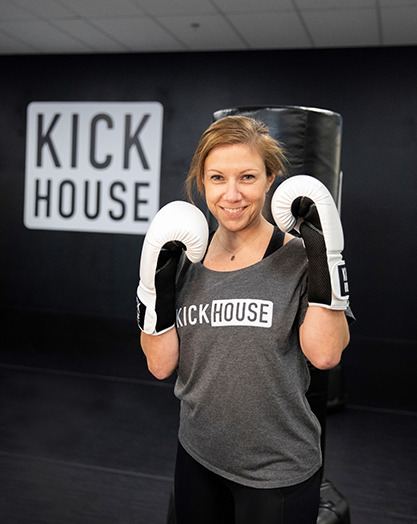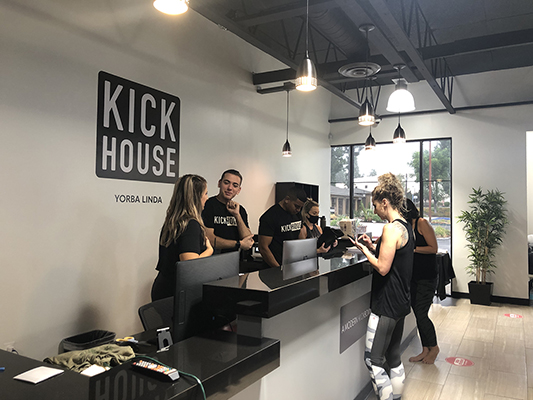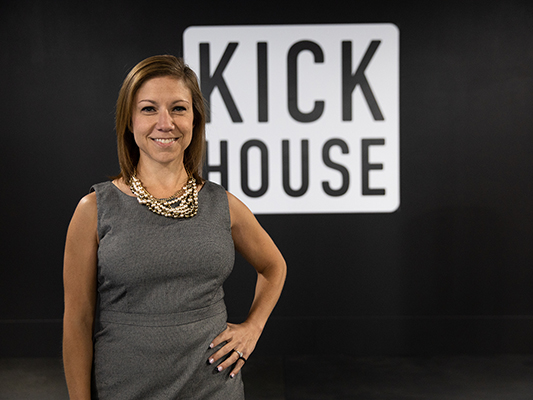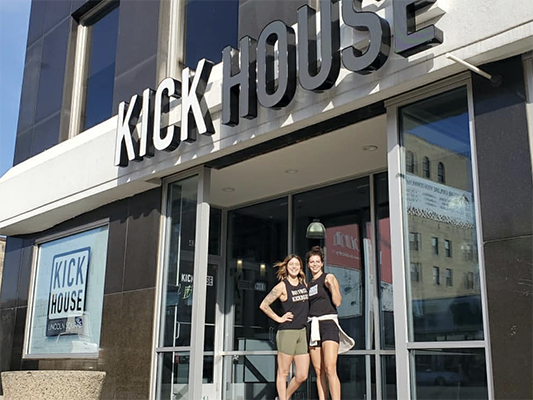Building a Brand

Throughout my career, I have worked with some iconic and global brands like Burger King, Gold’s Gym and Club Pilates. In 2020, I launched KickHouse and built every part of the brand platform from the ground up.
Now, I’m taking everything I’ve learned from those brands and building a new brand with a strong foundation that can support rapid growth.
The most important part of a brand platform is the company name. Naming your company is the hardest but most important decision you’ll make as an entrepreneur. A good logo is important as well but can easily be changed down the road. Your company name is harder to change and should be well thought out before launch.
A good name in the B2C space takes a number of things into account:
- Is it memorable?
- Is it ownable?
- Does it well-represent what you do?
- Do people like it?
- Is it wearable?
- Is the domain name available?
- Is the Facebook page available?
- And most importantly, is the trademark available?
When naming KickHouse I followed this formula: brainstorm, research, repeat. While the boutique fitness space is crowded with boxing brands, there aren’t many kickboxing brands so I knew I wanted to incorporate “kicking” into our brand name. My initial list had 6 options and the name I liked the best wasn’t an available domain or Facebook page. So I went back to the drawing board and came up with 5 more names. When I ranked them, “KickHouse” was at the top. It checked most of the boxes above. It is a literal name that would be easy to comprehend and remember. The word is also active and could be used in different analogies. The word “House” is familiar and references family, which adds approachability to the concept.
Being a brand new concept with a need to build brand awareness quickly, I wanted a logo that was super easy to read and comprehend so that each impression was an impactful imprint in a consumer’s mind. I didn’t want icons that would distract from the company name and decrease the memorability. I intentionally kept the brand simple so early adopters could embrace the brand and add themselves into the brand story. A complex brand with extensive iconography may only appeal to a certain niche audience.
Every brand enters a different marketplace with a different competitive set and with different needs. Whatever process you’re following to build your brand, just know that you cannot afford to underthink the decision. You have to be proud of your brand and be ready to talk about it nonstop for the foreseeable future and you also won’t want to incur the cost of starting over or rebranding down the road.
For more of my thoughts on brand-building, check out my Medium article, “5 Easy Steps to Build a Brand.”



